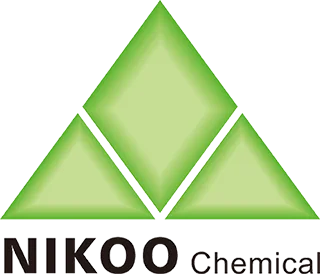How to Communicate Your Custom Skincare Product Requirements?
When communicating with us about your requirements, many people encounter issues such as information asymmetry and poor communication, which can lead to extended product development cycles, increased costs, and even final products that do not meet expectations. To help customers communicate more effectively with us, this article will systematically introduce how to clarify requirements and optimize communication processes by addressing common misconceptions, thereby improving cooperation efficiency.
Misconception 1: Vague and Unclear Demand Descriptions
Many clients, when communicating often only provide a general product category or a simple description, such as “I want to develop a moisturizing face cream” or “I need a lightweight sunscreen product.” Such expressions are highly ambiguous. maybe we receiving such information cannot accurately understand the specific requirements, which may lead to formula development deviating from the intended direction and an increase in rework.
The correct approach is to prepare a detailed product requirement document that includes elements such as product type, usage scenarios, texture preferences, packaging specifications, and target consumer demographics. For example, clearly specify that the cream should be suitable for dry skin, have a lightweight and easily absorbable texture, have a capacity of 50 grams, and use a bottle design. The more detailed the requirements, the easier it is for us to quickly match suitable formulations and production conditions.
Misconception 2: Ignoring ingredient and regulatory requirements
Some clients overlook specific requirements for product ingredients during communication or are unaware of relevant regulatory restrictions. For example, certain ingredients may be banned or subject to usage limits in some regions, but clients fail to mention this in advance, leading to subsequent formulation adjustments and delays.
It is recommended that clients have a basic understanding of regulatory requirements in the target market or clearly list prohibited ingredients before communication. Specify the desired main ingredients and those to avoid, allowing us to mitigate risks during the R&D phase and reduce unnecessary revisions.
Misconception 3: Lack of clear timelines
Time management is often overlooked in collaborations. Many clients only request “as soon as possible” or “need samples quickly” without providing specific timelines or project plans, making it difficult for us to prioritize R&D and production.
When communicating, clearly define key project timelines, such as sample submission deadlines, pilot production schedules, and final delivery dates. This allows both parties to jointly establish a reasonable timeline, ensuring each phase is completed on time and avoiding misunderstandings or delays caused by unclear timelines.
Misconception 4: Focusing solely on price while neglecting quality communication
Price is an important factor in collaboration, but prioritizing price over product quality and technical details can compromise the final product's performance. Some clients primarily focus on unit prices during the quotation phase without specifying quality standards, testing criteria, or acceptance methods.
It is recommended to clearly define product quality standards and testing items during quotation discussions, such as stability testing of finished products, microbial limits, and physical and chemical indicators. This not only helps both parties establish a shared understanding of quality but also facilitates subsequent acceptance and quality tracking.
Misconception 5: Neglecting the importance of sample testing and feedback
Some clients believe that once we provide samples, the work is complete, and they overlook the importance of conducting detailed testing and providing feedback on the samples. Without thorough evaluation and clear feedback, we find it difficult to optimize formulas specifically, leading to an increase in the number of subsequent revisions.
It is recommended that clients organize relevant personnel to conduct a comprehensive assessment of the samples upon receipt, including texture, odor, usage experience, and packaging compatibility, and compile a detailed feedback report. Feedback should be specific and objective, highlighting both satisfactory and unsatisfactory aspects to assist us in making accurate adjustments.
In summary, effective communication hinges on clear and detailed requirements descriptions, reasonable time schedules, adequate communication channels, timely feedback mechanisms, and thorough preparation of relevant materials. Avoiding the aforementioned common pitfalls can help both parties better understand each other's expectations, facilitate smooth project progression, and reduce communication costs. As communication efficiency improves, the product development and production cycles will also be shortened, ultimately achieving mutual benefit and win-win outcomes.

